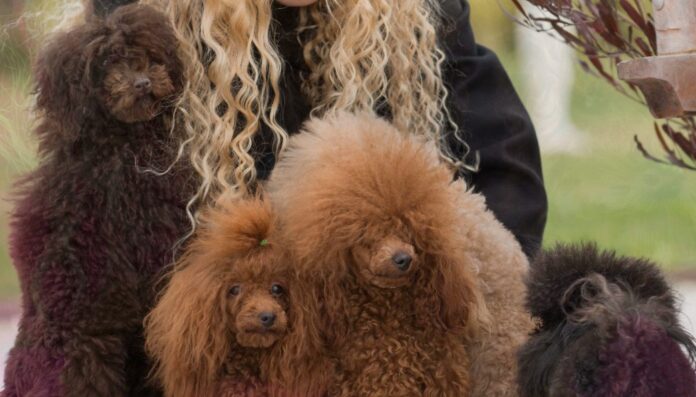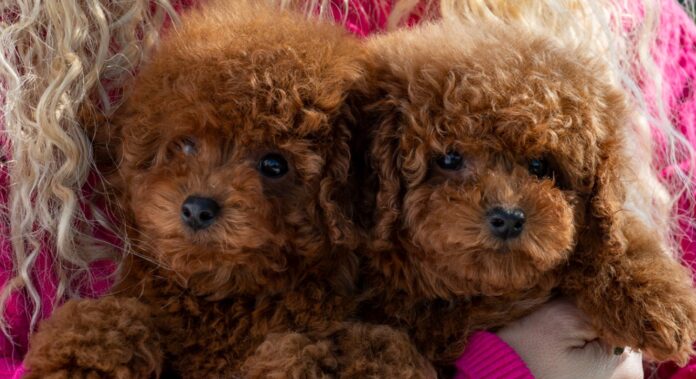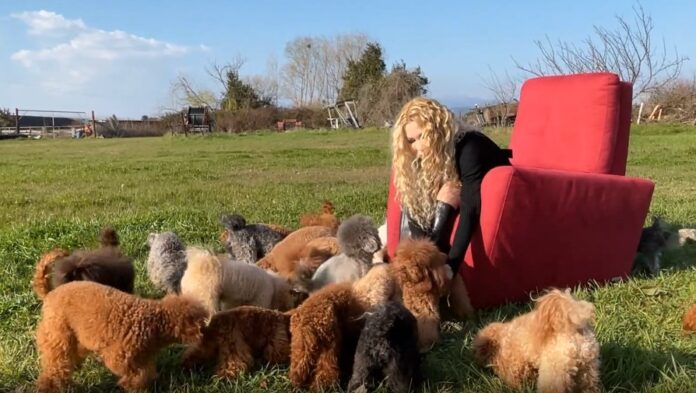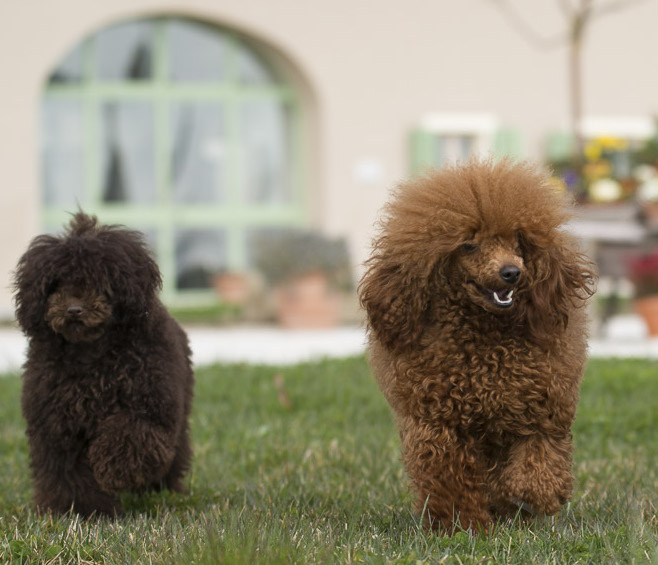Poodles are well-loved for their intelligence, hypoallergenic coats, and elegant appearance. These traits make them a popular choice for crossbreeding with other dog breeds. Crossbreeding, also known as hybrid breeding, involves mating two different breeds to create a new type of dog. This practice has led to popular hybrid dogs such as Labradoodles and Cockapoos.
However, crossbreeding isn’t always a good idea. It can sometimes lead to health problems or unwanted traits in the offspring. Understanding when crossbreeding poodles is beneficial and when it’s problematic is essential for anyone interested in this practice.
In this article, we will explore the benefits and risks of crossbreeding poodles, highlighting situations where it’s a genius idea and where it’s a disaster. By understanding the pros and cons, breeders and dog lovers can make informed decisions about crossbreeding. For those looking for more information on poodles and their hybrids, barboncino toy offers valuable insights.
The Appeal of Crossbreeding
Crossbreeding poodles with other breeds has become increasingly popular due to the desire to combine the best traits of both parent breeds. For example, poodles are known for their intelligence, and crossing them with other smart breeds can produce highly trainable offspring. Additionally, poodles have hypoallergenic coats, which can be a desirable trait for people with allergies.
Crossbreeding can also address specific health issues common in purebred dogs. By introducing new genetic material, hybrid dogs may have fewer inherited health problems. This potential for healthier offspring is one reason why crossbreeding can be a genius idea.
Popular Poodle Hybrids
Several popular hybrid dogs result from crossbreeding poodles with other breeds. Labradoodles, a cross between a Labrador Retriever and a Poodle, are known for their friendly nature and low-shedding coats. Cockapoos, a mix of a Cocker Spaniel and a Poodle, are affectionate and great with families. These hybrids have gained popularity for their charming personalities and desirable traits.
Poodles are one of the most popular dog breeds in many countries, from the US, and the UK to Italy. Italy is home to several reputable poodle breeders, reflecting their popularity and the demand for high-quality poodles. In Pisa, a historic city known for its Leaning Tower, poodles are just as beloved as anywhere else in the entire country. Their versatile looks make them a favorite among dog groomers due to their beautiful bouffant hair that can be shaped into many stylish up-dos.
These successful crossbreeds demonstrate the potential benefits of hybrid breeding. When done correctly, crossbreeding can produce dogs that are healthier, more adaptable and possess a unique blend of traits.
When Crossbreeding Poodles Is a Genius Idea
Crossbreeding can be a genius idea when it addresses specific issues or enhances positive traits. For example, if a breed has a genetic predisposition to certain health problems, crossbreeding can reduce the likelihood of those issues in the offspring. Additionally, crossbreeding can create dogs with a desirable combination of traits, such as intelligence, hypoallergenic coats, and friendly temperaments.
Crossbreeding is also beneficial when it creates dogs that are well-suited to specific tasks or environments. For example, crossing a poodle with a working breed can result in a highly trainable dog that excels in various activities, such as search-and-rescue or therapy work.
When Crossbreeding Is a Disaster
Crossbreeding can be a disaster when it leads to health problems or undesirable traits in the offspring. Hybrid dogs can inherit negative traits from both parent breeds, resulting in dogs that are difficult to train, prone to health issues, or have behavioral problems. Additionally, crossbreeding without careful planning can result in dogs that do not meet the expectations of potential owners.
Not only do Poodles come in a range of sizes from Miniature to Standard, but they’re also bred with other dogs to create a variety of crossbreeds, lovingly known as Doodle Dogs. A mixed breed Poodle refers to the offspring of a purebred Poodle and any other purebred dog.
Crossbreeding can also be problematic when it prioritizes profit over the well-being of the dogs. Puppy mills and unethical breeders may crossbreed without regard for the health or temperament of the dogs, leading to unhealthy and poorly behaved puppies.
Health Issues in Crossbreeds
Health issues are a significant concern when crossbreeding poodles. While hybrid dogs can have fewer inherited health problems than purebred dogs, they can also inherit health issues from both parent breeds. For example, crossbreeding a poodle with a breed prone to hip dysplasia can result in offspring with this condition.
To prevent health issues, breeders should carefully screen both parent dogs for common health problems before crossbreeding. This ensures that the puppies have the best chance of being healthy and free from genetic disorders.
Poodles have a great temperament and are also friendly, great with children, hypoallergenic, and clever. In the top 10 most popular poodle crossbreeds, some hybrids, like the Cockapoo, Labradoodle, and Maltipoo, inherit these positive traits, making them excellent companions.
Temperament and Behavior in Crossbreeds
Temperament and behavior are important factors to consider when crossbreeding poodles. Hybrid dogs can inherit a wide range of personality traits from both parent breeds. For example, crossing a poodle with a breed that tends to be aggressive or stubborn can result in puppies with these undesirable traits.
To ensure that the puppies have good temperaments, breeders should choose parent dogs with positive personality traits. Additionally, early socialization and training are crucial for developing well-behaved hybrid dogs.
Choosing the Right Crossbreed
Picking the right crossbreed involves considering the traits and characteristics of both parent breeds. Potential owners should research the parent breeds to understand the possible outcomes of the crossbreed. For example, if one breed is highly active and the other is more laid-back, the offspring may have a mix of these traits.
Selecting a crossbreed that aligns with the owner’s lifestyle and preferences is crucial for a successful match. For example, an active owner may prefer a crossbreed with high energy levels, while a family with young children may prefer a more relaxed and gentle hybrid.
Conclusion
Crossbreeding poodles can be a genius idea or a disaster, depending on the circumstances. When done thoughtfully, crossbreeding can produce dogs with desirable traits and reduced health issues. However, when done carelessly, it can lead to health problems, undesirable traits, and disappointed owners.
By comprehending the pros and cons of crossbreeding, breeders and dog lovers can make informed decisions and create happy, healthy dogs. From Schnoodles to Bernedoodles, Doodle dogs are a friendly bunch bred in a wide range of sizes suiting any kind of environment from studio living to country life.













